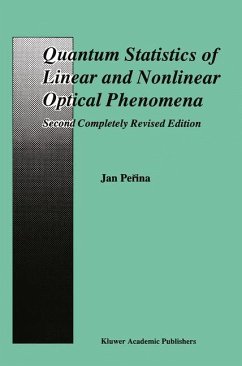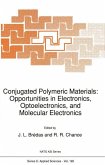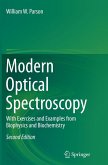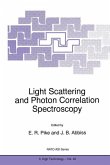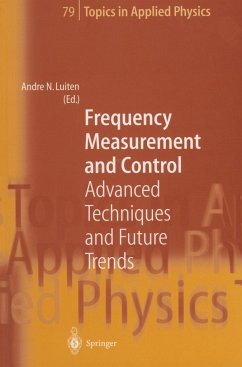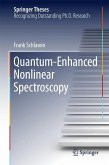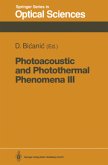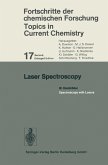The quantum statistical properties of radiation represent an important branch of modern physics with rapidly increasing applications in spectroscopy, quantum generators of radiation, optical communication, etc. They have also an increasing role in fields other than pure physics, such as biophysics, psychophysics, biology, etc. Interesting applications have been developed in high energy elementary particle collisions. The present monograph represents an extension and continuation of the previous monograph by this author entitled Coherence of Light (Van Nostrand Reinhold Company, London 1972, translated into Russian in the Publishing House Mir, Moscow 1974, second edition published by D. Reidel, Dordrecht-Boston 1985) and ofa review chapter in Progress in Optics, Vol. 18 (edited by E. Wolf, North-Holland Publishing Company, Amsterdam 1980) as well. It applies the fundamental tools of the coherent-state technique, as described in Coherence of Light, to particular studies of the quantum statistical properties of radiation interacting with matter. In particular. nonlinear optical processes are considered, and purely quantum phenom ena such as antibunching of photons, their sub-Poisson behaviour and squeezing of vacuum fluctuations are discussed. Compared to the first edition of this book, pub lished in 1984, we have added much more information about squeezing of vacuum fluctuations in nonlinear optical process in this second edition; further we have included the description of experiments and their results performed from that time. Also a new brief chapter on nonlinear dynamics and chaos in quantum statistical optics has been included.
`...J. Perina gives an excellent coverage of the topic of quantum statistics of linear and non linear optical phenomena.' The Australian Physicist (August 1985)
`...While the level is advanced and the presentation is mathematically sophisticated, the style is straightforward, systematic, clear, and readable. I recommend this monograph highly as a reference for students of quantum optics and related areas.' Bahaa E.A. Saleh, University of Wisconsin
`... an excellent source of up-to-date information on the subject, including matters like photon antibunching and two-photon coherent states or squeezed states. I am convinced that this monograph will be very higly appreciated by research workers in the field of quantum mechanics.' Journal de Physique, 46:9 (1985)
`...While the level is advanced and the presentation is mathematically sophisticated, the style is straightforward, systematic, clear, and readable. I recommend this monograph highly as a reference for students of quantum optics and related areas.' Bahaa E.A. Saleh, University of Wisconsin
`... an excellent source of up-to-date information on the subject, including matters like photon antibunching and two-photon coherent states or squeezed states. I am convinced that this monograph will be very higly appreciated by research workers in the field of quantum mechanics.' Journal de Physique, 46:9 (1985)
`...J. Perina gives an excellent coverage of the topic of quantum statistics of linear and non linear optical phenomena.' The Australian Physicist (August 1985)
`...While the level is advanced and the presentation is mathematically sophisticated, the style is straightforward, systematic, clear, and readable. I recommend this monograph highly as a reference for students of quantum optics and related areas.' Bahaa E.A. Saleh, University of Wisconsin
`... an excellent source of up-to-date information on the subject, including matters like photon antibunching and two-photon coherent states or squeezed states. I am convinced that this monograph will be very higly appreciated by research workers in the field of quantum mechanics.' Journal de Physique, 46:9 (1985)
`...While the level is advanced and the presentation is mathematically sophisticated, the style is straightforward, systematic, clear, and readable. I recommend this monograph highly as a reference for students of quantum optics and related areas.' Bahaa E.A. Saleh, University of Wisconsin
`... an excellent source of up-to-date information on the subject, including matters like photon antibunching and two-photon coherent states or squeezed states. I am convinced that this monograph will be very higly appreciated by research workers in the field of quantum mechanics.' Journal de Physique, 46:9 (1985)

